Gentle Power: Environmentally Safe Upholstery Cleaning
Why Environmentally Safe Upholstery Cleaning Matters at Home
Hidden Chemicals, Real Effects
Conventional upholstery cleaners can release volatile organic compounds that irritate lungs, trigger headaches, and linger on fabrics. Choosing low-toxicity formulas protects children, pets, and sensitive noses while keeping your living room fresh. Share your experiences with fragrance-free or plant-based solutions.
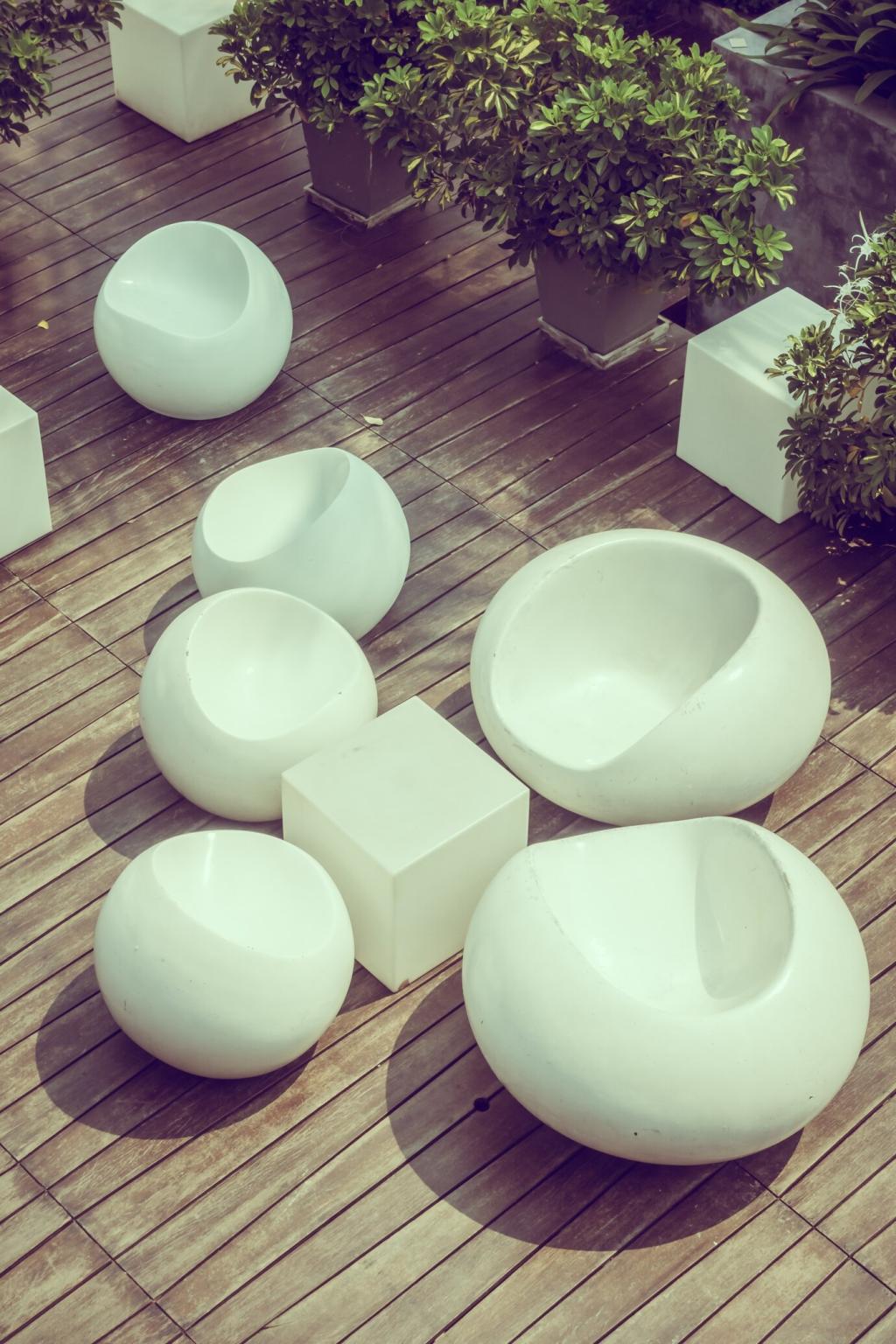
Fabric-Smart, Eco-Safe Methods
Natural fibers love mild pH-balanced solutions and light moisture. Blot, don’t rub; test colorfastness; and use cool-to-lukewarm water. A soft brush lifts soil without abrasion. Share which natural-fiber couches you own and what gentle routine keeps them camera-ready.
The Science Behind Green Clean
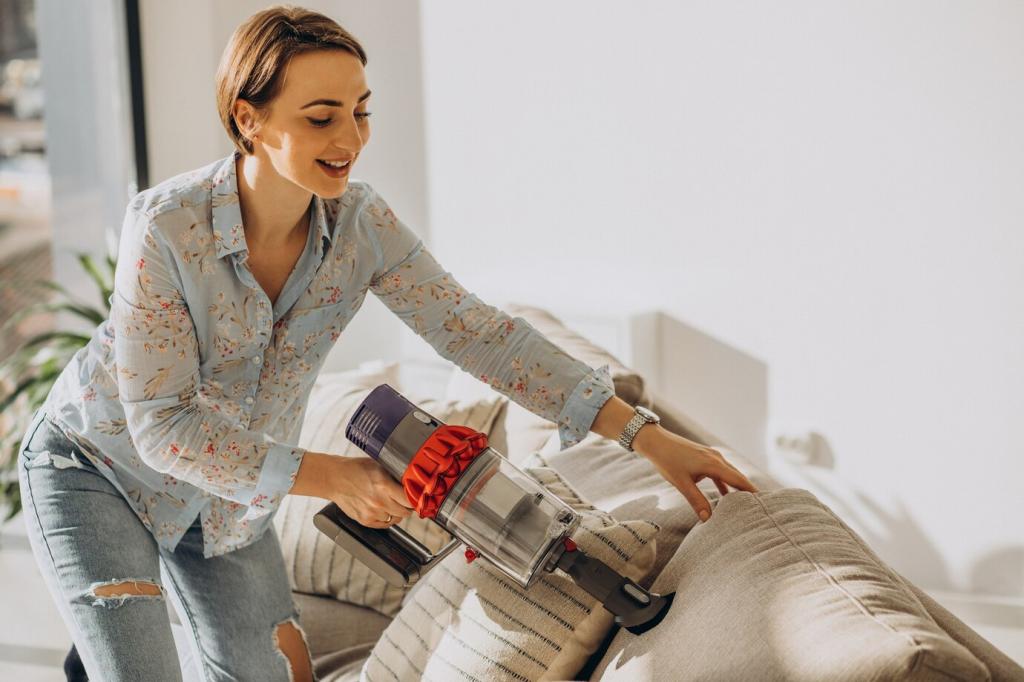
pH Balance Protects Fibers
Alkaline cleaners can roughen natural fibers, while overly acidic solutions may dull dyes. Balanced formulas maintain color and texture. Keep a pH strip nearby for experiments and report your findings below—let’s crowdsource a pH guide for common stains.
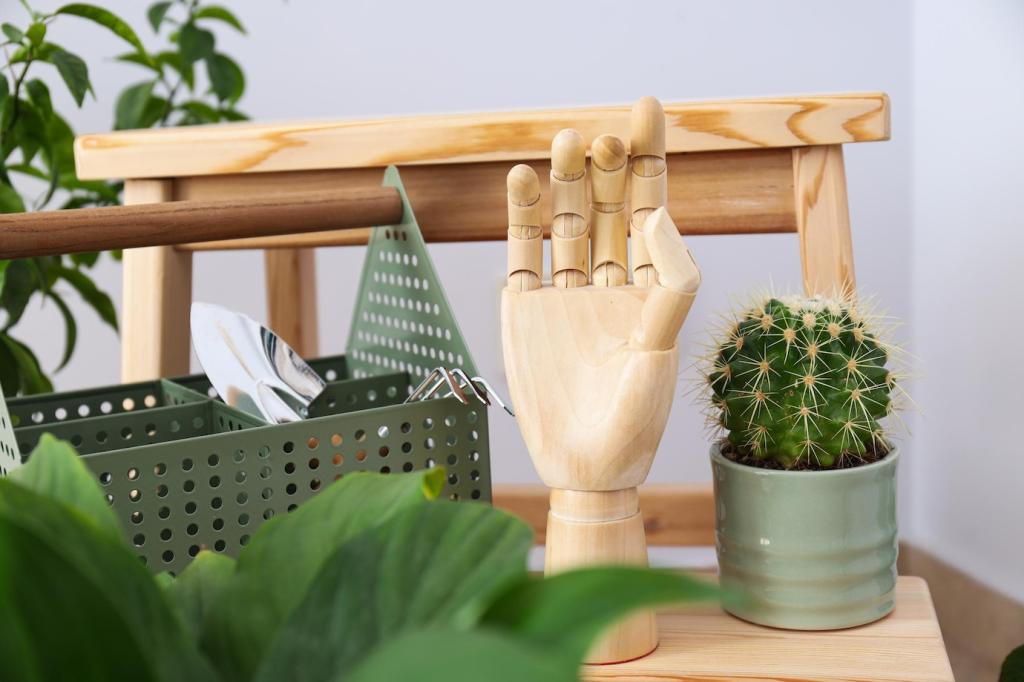
Enzymes Target Stains, Not Lungs
Protease and amylase enzymes break down proteins and starches from food spills or pet messes, reducing scrubbing and fragrance cover-ups. They work at mild temperatures, saving energy. Have enzymes saved your favorite chair? Share the stain and outcome.
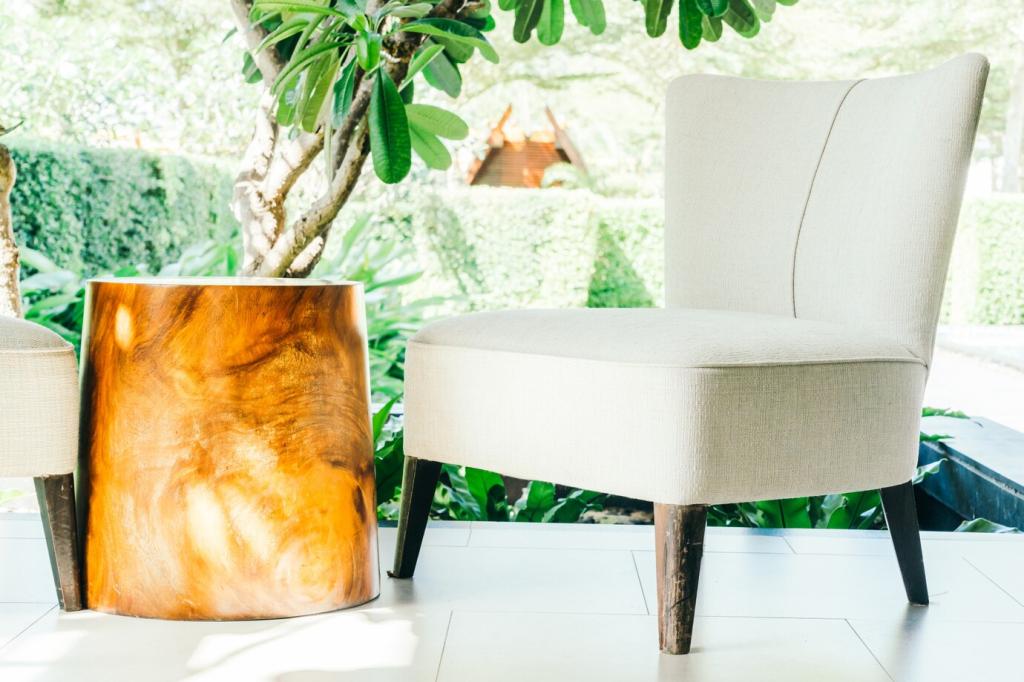
Heat, Cold, and Energy Footprint
Warm water boosts cleaning but isn’t always required. Many green formulas perform in cool water, lowering energy use and fabric stress. Try cooler rinses and air-drying; track results and comfort. Encourage others with your low-energy wins in the comments.
DIY Spot Treatments that Respect the Planet
Mix cool water with a few drops of unscented castile soap. Mist the stain, blot patiently with a white cloth, and repeat. Rinse lightly and air-dry. Tell us how this minimalist method compares to your old cleaner on real-life spills.
DIY Spot Treatments that Respect the Planet
Lightly sprinkle baking soda, wait an hour, then vacuum with a HEPA filter. For stubborn odors, an enzyme-based spray beats masking scents. What lingering smells challenge your home most? Share your routine so we can build a crowd-approved odor toolkit.
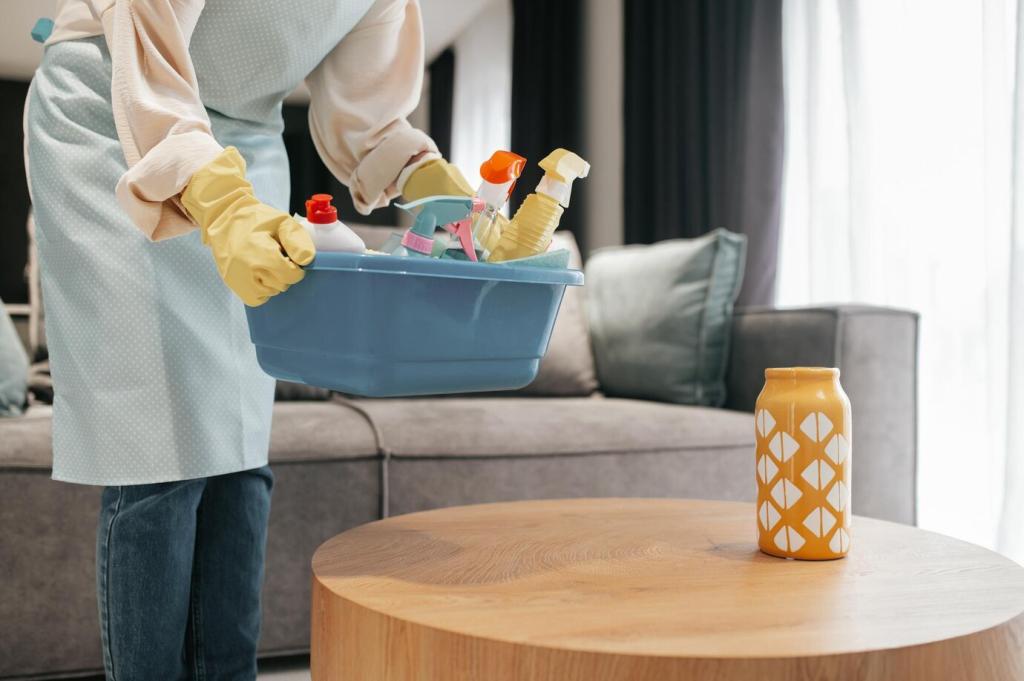
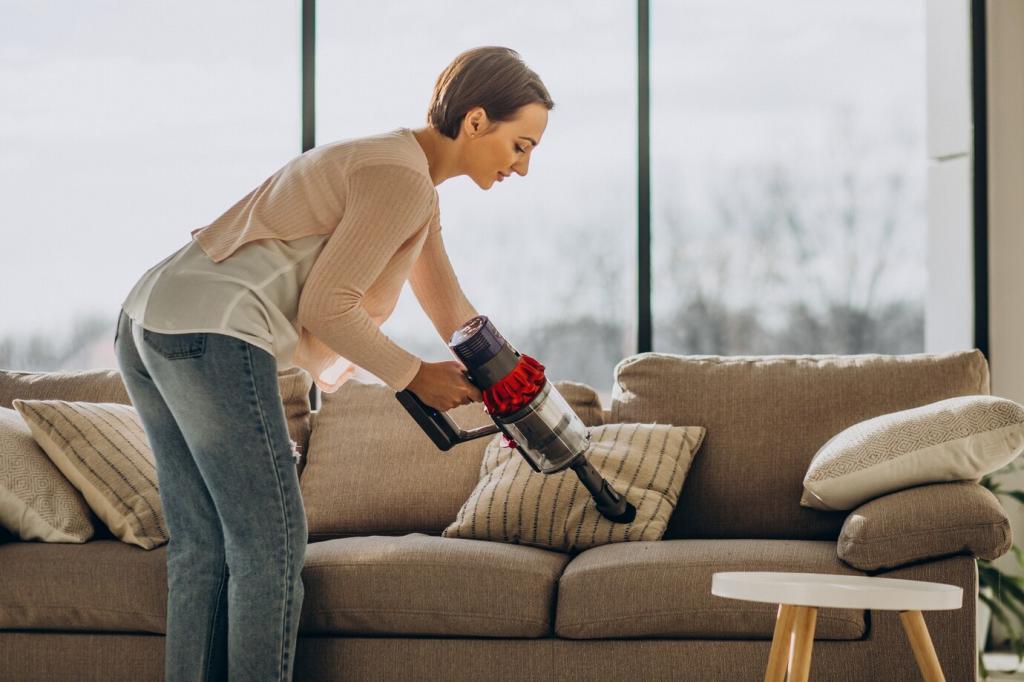
Stain Stories and Earth-Friendly Fixes
Blot promptly, then apply a cool enzyme solution and dab from edges inward to prevent halos. Rinse lightly and press-dry with a towel. Did this save your morning and your cushions? Tell us how many passes it took to restore calm.
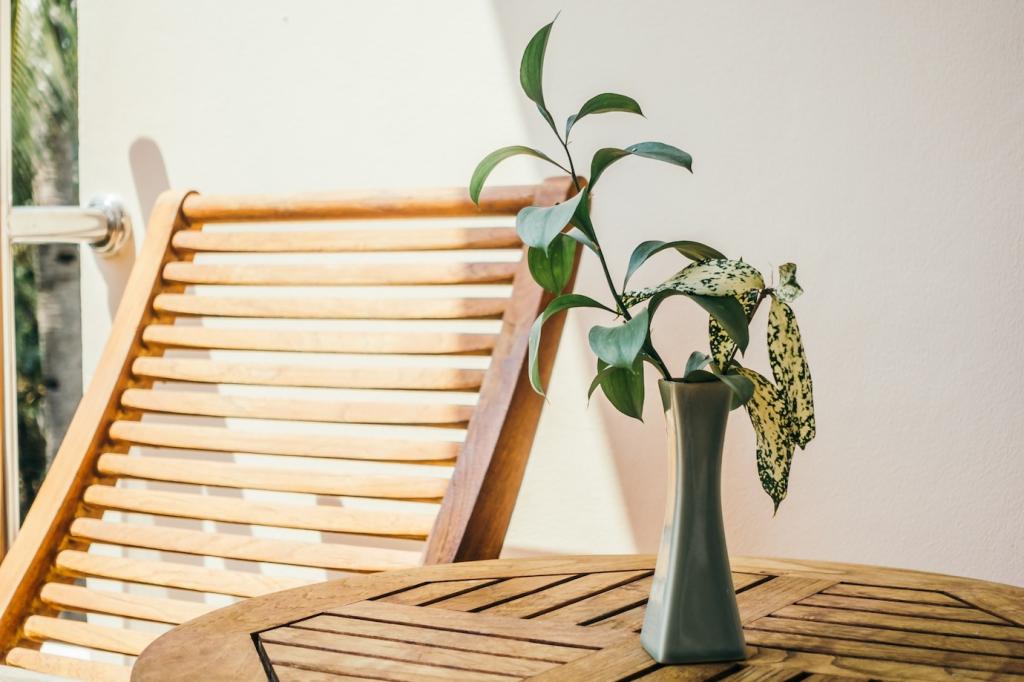
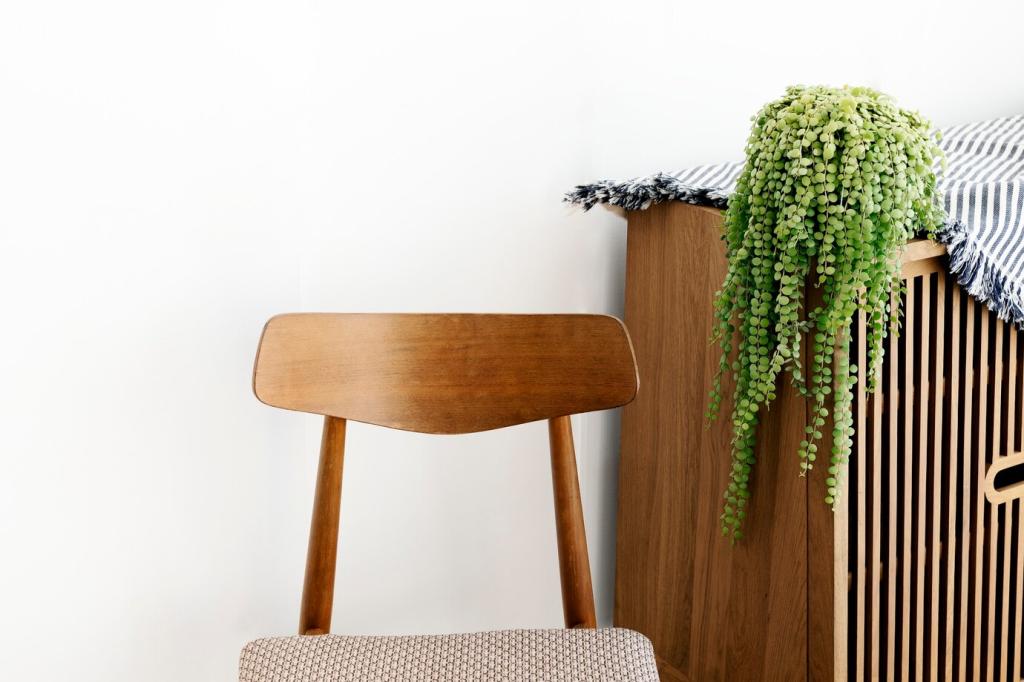
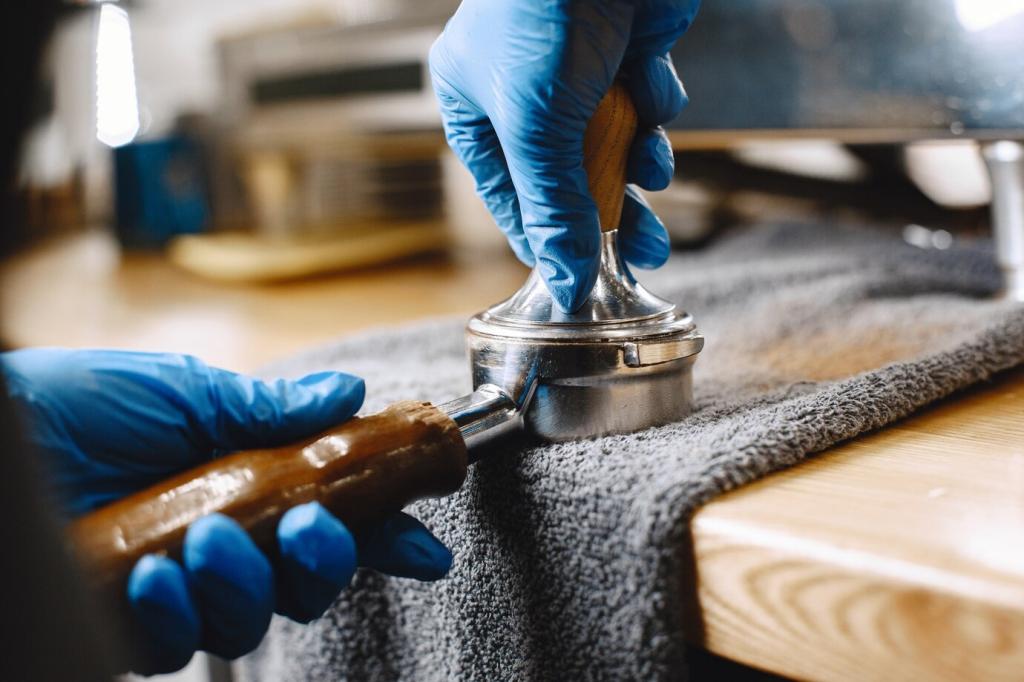
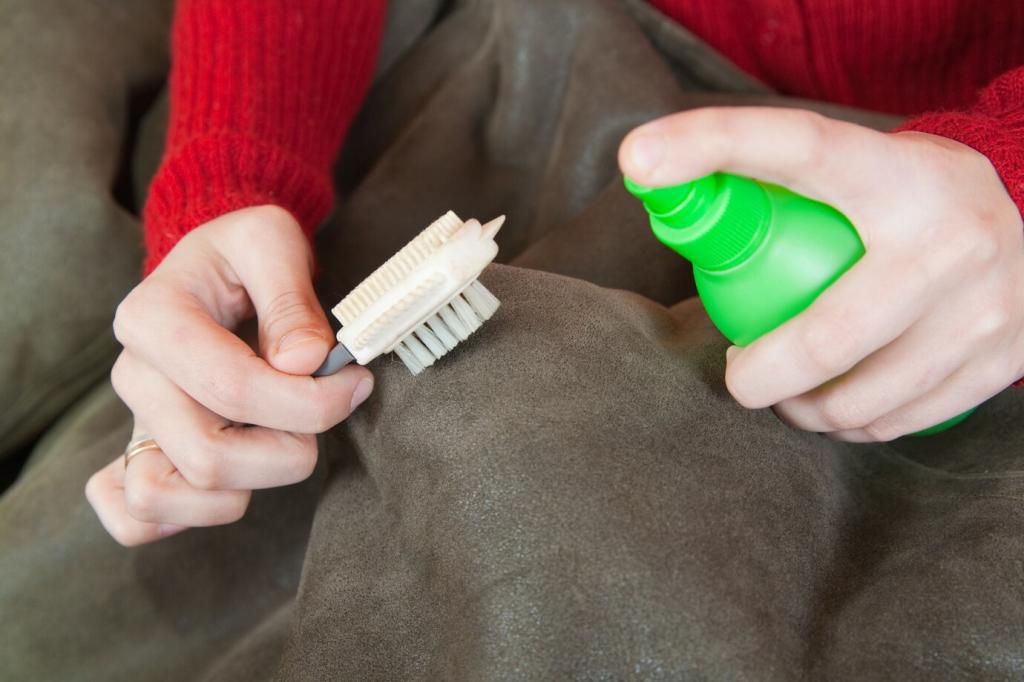
Your First Eco Audit
List cleaners you currently use, then circle ones with vague fragrance or warning labels. Replace one item this week with a verified low-tox option. Comment with your swap, brand, and results to help others take the same confident step.
Monthly Low-Waste Cleaning Challenge
Pick one routine—like cool-water rinses or refill stations—and track savings in water, energy, or packaging. Post your numbers and surprises. Seeing real progress motivates everyone, so invite a friend and compare notes in the discussion thread.
